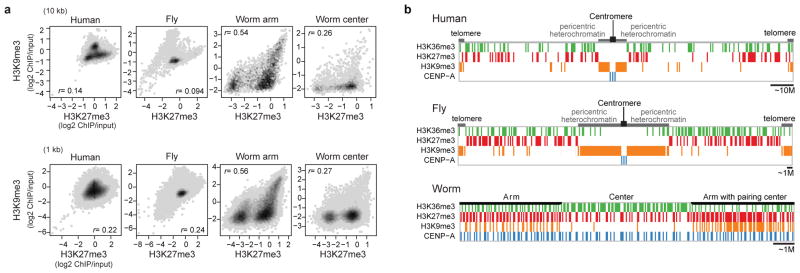Extended Data Fig. 3. Organization of silent domains.

a, The correlation of H3K27me3 and H3K9me3 enrichment for human K562 (left most), fly L3 (second left), and worm EE chromosome arms (second right) and centers (right most) with a 10 kb bin (upper) and a 1 kb bin (lower). The density was calculated as a frequency of bins that fall in the area in the scatter plot (darker grey at a higher frequency). r indicates Pearson correlation coefficients between binned H3K27me3 fold enrichment (log2) and H3K9me3 fold enrichment (log2). Worm chromosome arms have a distinctly high correlation between H3K27me3 and H3K9me3. The lower correlation in worm chromosome centers is due to the overall absence of H3K9me3 in these regions. b, Schematic diagrams of the distributions of silent domains along the chromosomes in human (H1-hESC), fly (S2), and worm (EE). In human and fly, the majority of the H3K9me3-enriched domains are located in the pericentric regions (as well as telomeres), while the H3K27me3-enriched domains are distributed along the chromosome arms. H3K27me3-enriched domains are negatively correlated with H3K36me3-enriched domains, although in human, there is some overlap of H3K27me3 and H3K36me3 in bivalent domains. CENP-A resides at the centromere. In contrast, in worm the majority of H3K9me3-enriched domains are located in the arms, while H3K27me3-enriched domains are distributed throughout the arms and centers of the chromosomes and are anti-correlated with H3K36me3-enriched domains. In arms and centers, domains that are permissive for CENP-A incorporation generally reside within H3K27me3-enriched domains.
